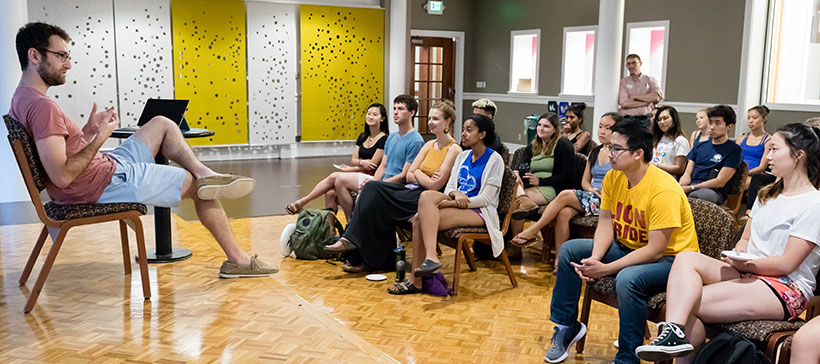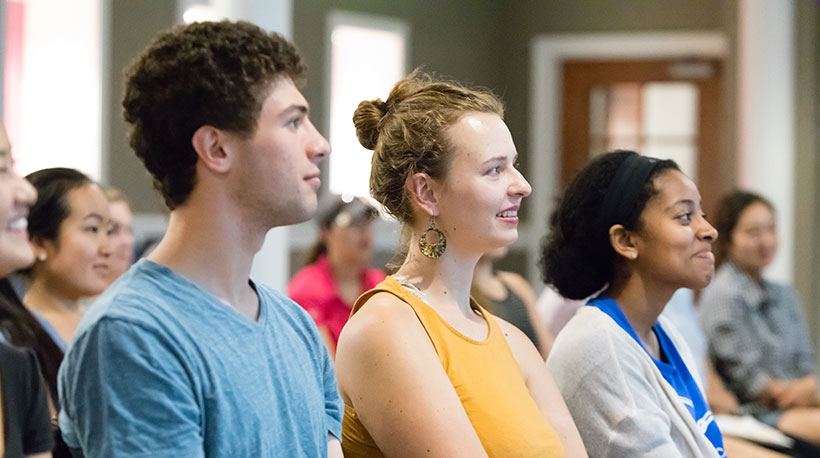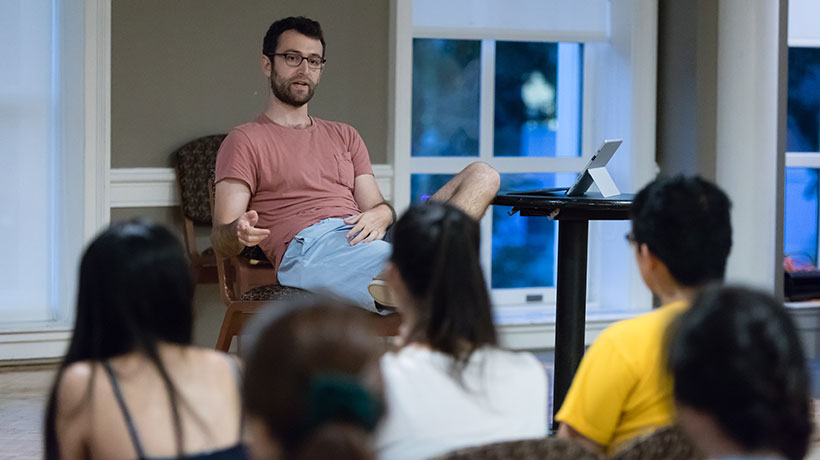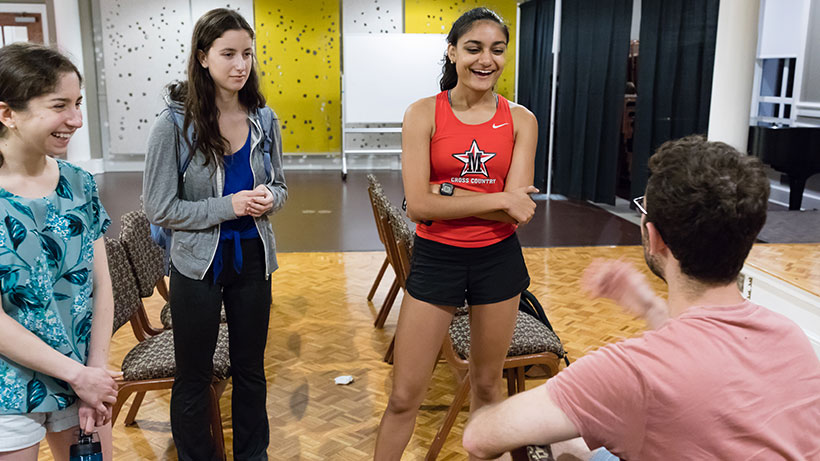
Last week I had the privilege of speaking to Amherst pre-meds about my life as a doctor, in a talk I called “Thriving in a Career in Medicine.” As an Amherst undergraduate I loved the pre-medical curriculum, and though I felt very academically prepared for a life in medicine, I didn’t know what the path was like, what to expect, what choices I had and how my story might continue. I saw the talk as a way to provide some answers to current students.
I started by tracing my path from Amherst through medical school and an internal medicine residency at Baylor College of Medicine in Houston. Medical school learning is different from college learning. College is about understanding the first principles, breaking down complicated problems and solving them. It’s an intellectual playground.
Medical school is very different. It’s often compared to drinking out of a firehose. No individual piece of data is particularly difficult to wrap your mind around, but you’re forced to memorize seemingly endless amounts of information. Memorizing four hours of lecture material every day can feel suffocating. It is unrelenting. But it passes. It culminates in Step 1, the most important test of your life, which determines which residencies you can apply to. And then you begin rotating on the wards.
The wards expose you to every type of medical specialty: surgery, internal medicine, obstetrics and gynecology, psychiatry, pediatrics, neurology, plus countless subspecialties. Internal medicine, with its analytical, problem-solving approach to patient care and start-to-finish responsibility for patients, appealed to me instantly.
At Amherst, I was encouraged to be more than just a pre-med. So I was. I joined the orchestra. I took music composition classes and studied 17th century English literature. I performed in coffeehouses at Marsh. I was a senator in the Association of Amherst Students. I played Frisbee (poorly). I hiked.

Life in medicine isn’t quite as freewheeling. You are expected to learn a uniform body of knowledge and apply it in an appropriate manner. Medicine seems to reward conformity, sacrificing your individuality, time and happiness to gain the skill of being able to save lives.
But during my first year of residency, I realized that my medical education and training did not need to suffocate my creative expression. I began writing down my experiences – patient stories, bizarre observations, things that stuck out to me. What began as self-therapy and a creative outlet grew and grew. I began to write medical stories for The Houston Chronicle—stories about opioid abuse and end-of-life care and patient advocacy, stories that I care about and that I felt would be important for a large audience to hear, things that often don’t make it outside the walls of physician break rooms. I have Amherst to thank for giving me the courage to think outside the bounds of normalcy.

The second half of my talk was open for questions, and the questions from the audience reminded me why Amherst has the reputation it does. They were thoughtful, useful, probing and provocative. One student asked how I grappled with the responsibility of the death of a patient due to error. Another asked about my inspiration for writing. Others wanted to know how to practice self-care and avoid physician burnout, how to study for Step 1, how to gauge if medicine is the right career path. Though the talk ended after an hour, many people stayed and we continued talking for almost a full extra hour.
Amherst College is a remarkable place, both for the quality of person it attracts and the types of ideas it fosters. I was truly honored to share my experiences in medicine with the next generation of doctors. I left Keefe Campus Center feeling inspired. If that room full of pre-med students was any indication, the future of medicine is bright.
